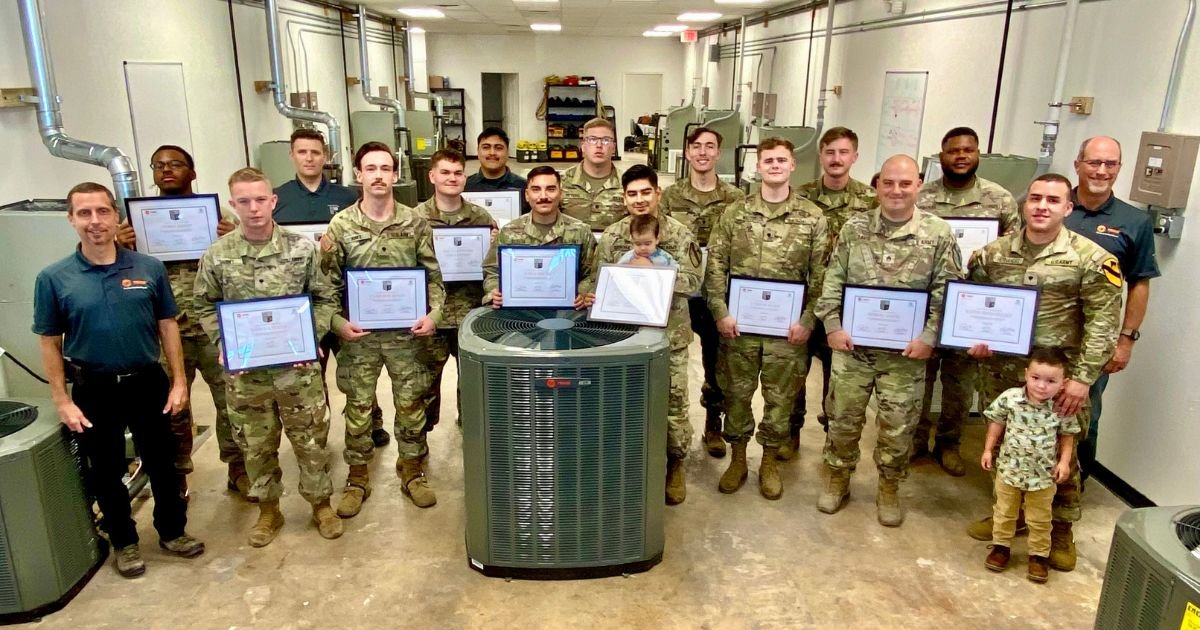There are all kinds of tips and tricks to improve comprehension, especially among students. Some people suggest regular breaks, while others think that learning by doing is the most reliable method. Even though these types of suggestions are probably very helpful, many of them aren’t exactly feasible in a classroom setting. This doesn’t mean that you can’t improve on what’s already there, though – you absolutely can. In fact, you’re about to learn 9 different strategies that can enhance student participation.
Why be so concerned with getting everyone involved? It’s because if there’s anything we know about the learning process, participation usually equals absorption.
The same goes for many things in life. Take basic human interaction, like talking face-to-face with other people. Some find this difficult because of social anxiety or other drawbacks, but there are still ways to work around it – you just have to “work smart, not hard”. For instance, many people have attributed random video chatting to overcoming anxiety or awkwardness surrounding conversations with strangers. Even something as simple as a cam chat can help people with important life skills…so how many things do you think can be done to promote a sense of community in the classroom?
The fact is, without some kind of encouragement (or subtle management), the most outgoing students will end up talking over anyone who happens to be on the shy side. That’s why these strategies have real-life applications in the classroom; they aren’t just pop-psychology suggestions that may or may not apply in real life.
1. Take notes
It’s hard to know what’s going on if you’re just keeping track in your head, so instead of simply assuming you’re catching the strays, try keeping notes. Have a clipboard ready with a complete roster of the classroom, and make a mark next to someone’s name every time they contribute to a discussion. If you notice certain students staying quiet day after day, you’ll know who needs a little extra encouragement.
2. Musical chairs, but with a twist
It’s a similar idea to musical chairs, but you do it in pairs – and without the typical seating arrangement. While the music is going, students walk or dance around the room. Once it stops, everyone has one minute to share their ideas with the person next to them.
3. Don’t leave participation up to chance
Even if you’ve done the work to assign study partners, there’s still the potential that one student could end up talking over the other. Instead of leaving things up to personal charisma, pick a different criterion each time for the person who gets to talk first. Is it the person on the left? Whoever has the shortest hair? The study partner whose birthday comes later in the year? It’s an easy, non-invasive way to make sure everyone gets their two cents in.
4. Give one, get one
If there are plenty of ideas to go around, have your students write down their thoughts, then put on a song that’s 3 or 4 minutes long. Then have everyone walk around the classroom and share their ideas with as many people as possible, while also jotting down the thoughts of everyone they talk to. The goal is to collect as many ideas as possible before the song ends. If there’s the possibility of winning, your students will have a goal in sight besides just “improving class interaction”.
5. Talking piece
Certain topics, like gender or race, can be tough to discuss in front of everyone – especially if a student doesn’t have a clear opportunity to make their voice heard. That’s why it can be helpful to use some symbol, like a ball, generic figurine, or even an odd-looking rock, to “give permission” to speak. Pass it around, make sure everyone gets a turn with it, and let the students know that they can share whatever they’re comfortable with as long as they’re holding the talking piece. This works best for smaller group discussions, as opposed to discussions with the entire classroom.
6. Have the student take responsibility
Having strategies in place to guide your students is always a great idea, but they can also accept a certain amount of responsibility for themselves. Have your students fill out index cards, answering two questions: “How many times should I speak up today?” and “Do I need to increase/decrease the number of times I contribute to class discussions?”. If they have these goals in mind, they’ll be able to balance class discussions by being aware of their own contributions.
7. Nonverbal cues
Reading the room is hard when there’s nothing to read, but if your students are signing “yes” and “no” in ASL (American Sign Language), the person who’s presenting will have a clear idea of how their ideas are being received. The speaker can get instant feedback, everyone in the classroom gets to express themselves, and each student finds it easier to stay engaged.
8. Pairs and squares
Students have a tendency to form cliques, but with a little encouragement, you can get everyone working together. Assign study partners in pairings that last for a few weeks, and have two pairs working together for more complex projects. With a little pre-planning, you can make sure that every student has worked with everyone else during a single year. In addition to school assignments, have them learn everyone’s name, gender pronouns, and someone they’d never know just by looking at them.
9. Write, pair, and share
Many classrooms already use the “think, pair, and share” framework, but having students write their ideas down instead of just silently thinking of them is a big step forward, especially for anyone who’s less likely to flesh out their ideas as they’re talking about them. Plus, this makes it easier to encourage the students who may have a harder time getting their thoughts out into the open. If you can peek over the students’ shoulders and write down positive feedback on their papers, they’ll be more confident as they’re sharing with their partners.


.jpg)










